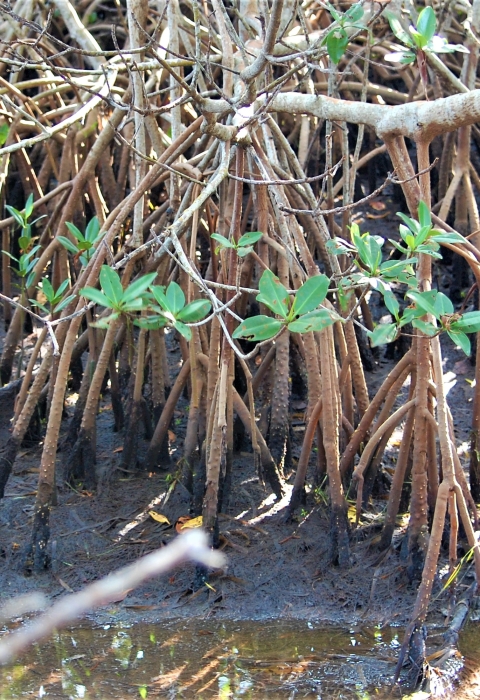Mangrove forests are true ecosystem wonders. They provide essential habitat for species around the world, clean our water, provide food and fiber, protect shorelines from storm surges, and combat climate change climate change
Climate change includes both global warming driven by human-induced emissions of greenhouse gases and the resulting large-scale shifts in weather patterns. Though there have been previous periods of climatic change, since the mid-20th century humans have had an unprecedented impact on Earth's climate system and caused change on a global scale.
Learn more about climate change through carbon storage. These highly adapted wetland habitats are typically found in tropical and subtropical climates across the globe. However, due to warming temperatures and a reduction in freeze events, there is a noticeable expansion of mangroves across their range.
The U.S. Fish and Wildlife Service's (Service) National Wildlife Refuge managers are seeing these changes first hand. Learn more about how these amazing habitats are being affected by climate change and what the Service is doing to respond.



